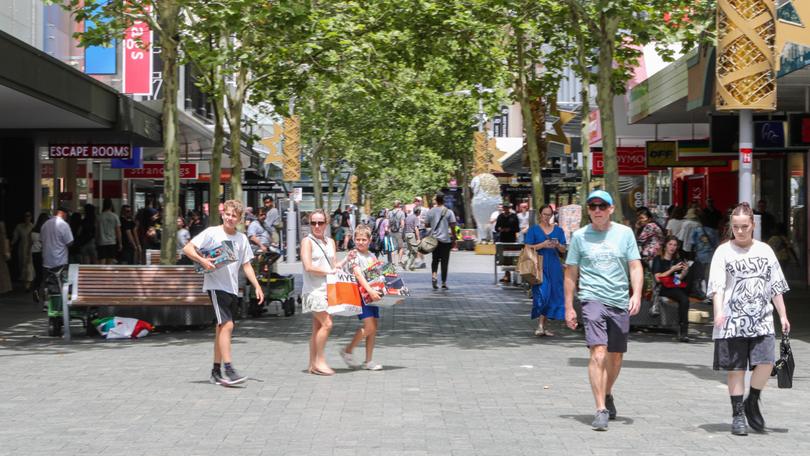Consumer pessimism worsens amid fears of a hard landing for Australian economy: Westpac

Pessimism among Australian consumers has deepened further amid renewed concerns the economy may be heading for a harder landing with interest rates expected to remain at a 12-year high for the rest of the year.
In its latest consumer sentiment survey on Tuesday, Westpac revealed the pessimism that has dominated for over two years now was still showing no real signs of lifting.
Its consumer sentiment index dipped 0.5 per cent to 84.6 in September, driven by declines in the survey’s sub-components relating to the economic outlook in the next 12 months and five years.
Sign up to The Nightly's newsletters.
Get the first look at the digital newspaper, curated daily stories and breaking headlines delivered to your inbox.
By continuing you agree to our Terms and Privacy Policy.Those declines outweighed the small rise in family finances — with inflation moderating, and tax cuts and fiscal support measures comes into effect.
“That said, the extremely weak starting point means that even with this lift the (family finances) sub-index is still in deeply pessimistic territory,” Westpac senior economist Matthew Hassan said.
“The small improvements around family finances were more than offset by a loss of confidence around the economy.”
Mr Hassan said the less confident outlook for the economy was also sparking fears about potential job loss.
“While cost-of-living pressures are becoming a little less intense and fears of further interest rate rises have eased, consumers are becoming more concerned about where the economy may be headed and what this could mean for jobs,” he said.
The Westpac survey on Tuesday came the same day National Australia Bank revealed business conditions dropped back below average in August following a brief uptick the month prior.
The fall in conditions was driven by a drop in the survey employment sub-component, suggesting that weaker trading conditions and profitability may now be more materially feeding into labour demand.
Business confidence also declined, with significant falls in recreation and personal services; transport and utilities; as well as construction and manufacturing.
“Retail remains the weakest sector in terms of both business confidence and conditions, reflecting the re-balancing of consumer demand away from discretionary goods spending,” NAB chief economist Alan Oster said.
Other activity indicators remain mixed. Forward orders were unchanged, while capital expenditures and capacity utilisation both rose.
“Forward orders have improved a little over recent months but remain fundamentally very weak at negative levels,” Mr Oster said.
Labour cost growth eased to 1.7 per cent in quarterly equivalent terms, down from 2.4 per cent in July.
Purchase cost growth rose to 1.6 per cent.
“As expected, the spike in labour cost growth in July seems to have been a temporary minimum wage-related effect,” Mr Oster said.
“Ultimately, in our view while the economy has slowed for now the rate of inflation remains too high for monetary policy to begin easing, although the labour market will be an increasing focus going forward.”

